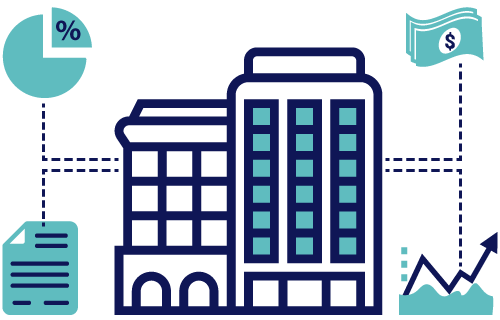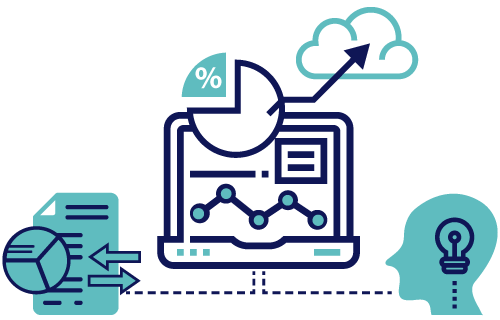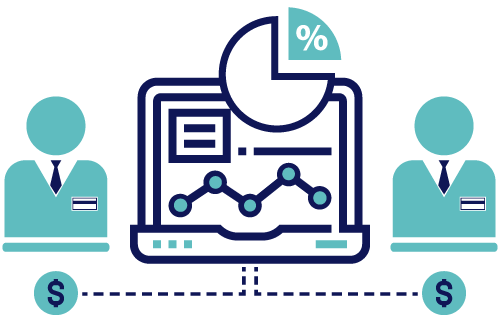Graphic Design Risk – Do You Have It?
Design Risk – What It Is & How to Manage it?
What Is It?
Design risk comes in two forms. Anything in a design that can damage your brand image is a risk, this includes things such as using inappropriate language or images, or unjustified claims in advertisements. All of these can result in serious problems and financial loss.
The other category of design risk is that your branding objectives are not achieved by the particular graphic design. For instance, if you are needing 1200 click throughs from an audience but you only get 100 because of the graphic design not being effective enough to attract people.
Solutions
The solution for managing both these categories of risk is the same – review and test. In terms of review, the more eyeballs you can get on the design the better. However, the more independent the reviewer the better, because it is very difficult to pick up problems if you have been involved with the design.
Get Everybody Involved
Also, amongst your review team should be a representative from every main section of your company affected by the design. For instance, if the design concerns the advertisement of a new product launch, then in addition to marketing, there should be a review from product development, distribution and sales as well.
Test, Test and Test
A very effective way of testing is to use a pilot group or focus group of consumers or end users. Some marketers prefer to go live with designs without consumer testing. The rationale being that, ‘the best way to test something is to see how it works in the market.’ Unfortunately, with this approach, the damage is already done before a design can be revised. Far better to get feedback and change things before using a design in the live environment.
Budgeting
It is true that testing takes time and money. On the budgetary side, there are some very low-cost alternatives to the full-fledged focus group. A popular method is to see the reactions to particular designs in appropriate social media groups. The members may not be exactly the people you want input from, but if you select the group carefully, you can often get a very good match.
Another aspect to keep in mind is that your insurers who cover you for certain types of business risk, may look favourably at your proposal if you have solid procedures in place for the management of your design risk.
The bottom line is that although it costs to test, it costs even more to fix a bad design that gets released. For this reason, it is good practice to allow for testing dollars and for testing time in your marketing and design budgets
As a design agency we have some clients who live by the need to review and test and others who are difficult to persuade to manage design risk. Which is the right approach? I can only observe that with the design risk managers, the reviews and tests result in at least 5 or 6 revisions based on consumer feedback; with the changes being made in a relatively calm environment – no panic. Those who don’t review and test still have to make the changes but very often after the damage has been done and usually under a lot of stress and pressure.




















